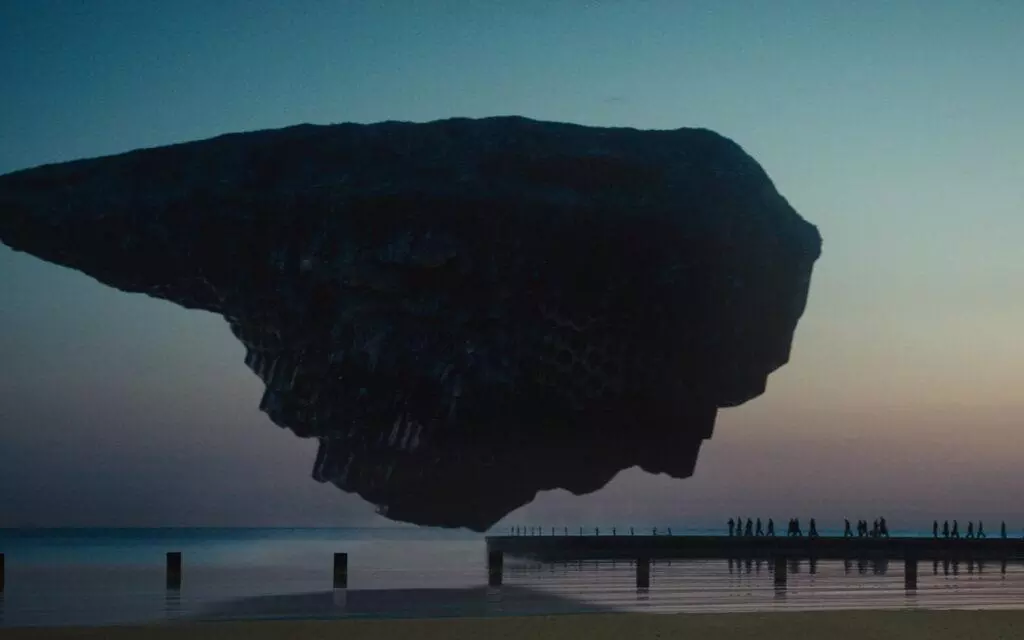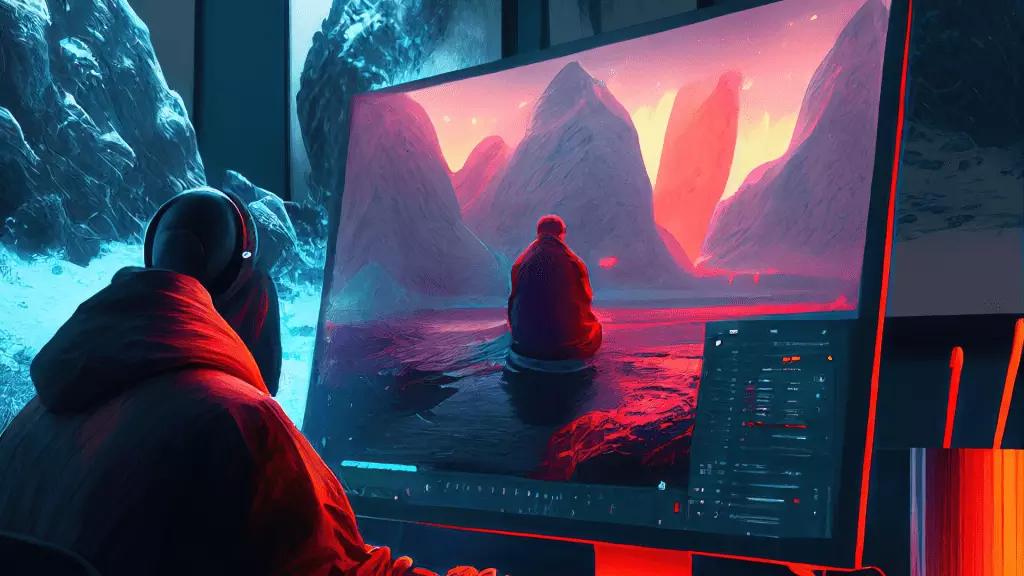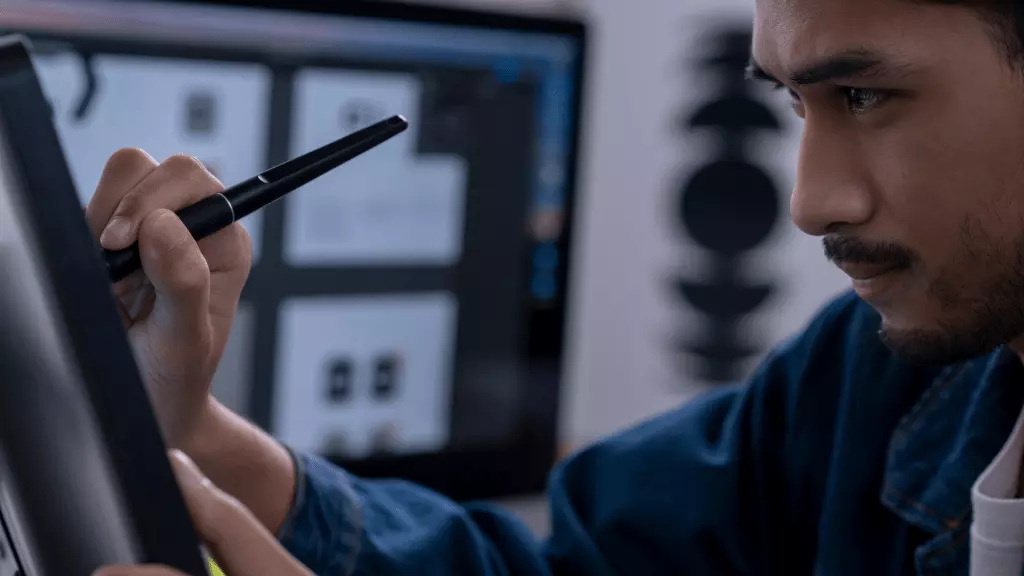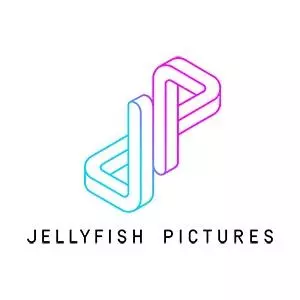Jellyfish Pictures
Jellyfish Pictures
Jellyfish Pictures is the largest VFX and animation studio in the world operating in a completely virtual environment. The studio’s commitment to push the boundaries of technology allows the studio to scale and access global talent in a way that is unrivalled in the industry. CTO Jeremy Smith and CEO Phil Dobree explain how working with the right partners has enabled them to evolve as a studio from being locally virtual, to fully global.
“At Jellyfish we’re constantly looking at how we improve our workflows to be more flexible and commercially competitive. We work with some of the world’s leading studios on high profile projects, like Disney, HBO, Dreamworks Animation, and Netflix.
This starts with the way we build our network infrastructure and work from our storage: how to make each project run smoothly without overinvesting and without bottlenecks. There’s a tendency in post and VFX to invest based on the immediate need of the next project and this doesn’t always match with the longer-term business requirement.” comments Dobree.

Realising the vision
Jellyfish Pictures has experienced extremely rapid growth over the past few years, with projects demanding more compute and the very best talent. Phil Dobree explains, “If we had remained with the traditional on-prem model, we simply wouldn’t have been able to meet our clients’ requirements, both from a capacity and financial standpoint. Having the ability to scale up and down when needed, teamed with having access to the very best global talent, has changed the game, for not only us but for the whole industry.”
Taking the step from virtual studio to fully global virtual operation is no easy feat. Jellyfish Pictures worked with pixitmedia, Teradici, and [RE] DESIGN to realise this vision: Teradici’s PC-over-IP (PCoIP) technology and Cloud Access Software provides the secure backbone for remote workstation sessions between artist and workstation across all configurations; Teradici Cloud Access Software generates an encrypted PCoIP pixel stream terminated by a compliant endpoint device such as a PCoIP Zero Client at the desk. This ensures data never leaves the Jellyfish Pictures infrastructure and the security works in exactly the same way as it would in the studio. There is no way data can be passed on, downloaded, or accessed. [RE]DESIGN developed a packaging system that integrates the Autodesk Shotgun Production Management, Tracking and Review platform with DCC applications, enabling the studio to extend their Production Pipeline, workstations, and infrastructure resources across any private cloud data center or public cloud region at the push of a button. This enables Jellyfish production teams to manage their projects within the Shotgun interface, assign tasks to any global artist, and deliver their files and software packages for execution, directly within the Shotgun template. Users don’t need to manage files, as data management is automated through workflow triggers within Shotgun. Files are kept in sync from delivery to a location, to submission for reviews, to data protection, and archival at the primary hub. All content resides on the award-winning pixitmedia storage solution pixstor, alongside dynamic data manager ngenea, which allows files to be distributed across multiple creative hubs quickly and securely anywhere in the world, enabling global collaboration with guaranteed data efficiency.
Jellyfish have been working with pixitmedia for nearly 10 years. They have been on this journey with us, enabling us to grow and become the studio we are today.
Jeremy Smith CTO, Jellyfish Pictures
Demanding workflows

Jeremy Smith, Jellyfish Pictures CTO explains the crucial role storage performance and security plays in their daily operations; “We have varying performance needs depending on the project. Most of our work is now 16bit OpenEXR and DPX for the sequences and shots we’re working on. In all cases, we need to be able to guarantee that performance from our network.” In the media industry, sustained performance is mission-critical. With new storage, you normally start really fast, and then as the system gets older you get fragmentation, which negatively impacts workflow and makes it slower. As a result, companies would recommend and over-buy storage based on the knowledge that the performance would deteriorate over time. “For the archive, it doesn’t need to be fast, so we use ‘cheap and deep’ storage. But in our live workflow, we use more expensive spinning discs. Our main network is based on a Mellanox core to our clients. As long as the physical disc can spin that fast there’s no reason why we can’t saturate that connection. There aren’t that many applications that require that level of connection. “The key differential in working with pixstor and ngenea solutions is that it writes data to the underlying disc in a way you know you have guaranteed read and write performance. This has a massive knock-on effect for real-time tasks like editorial or grading. If you set the performance at X, you get X and if you scale it up to Y, you get Y. The pixitmedia team makes sure it stays within our defined parameters and doesn’t deviate over time. Even when we’re at 99% capacity we’re still getting perfect performance levels.”
None of this would have been achievable without the innovative minds at pixitmedia, who understand what the future of our industry looks like.
Phil Dobree CEO, Jellyfish Pictures

Secure virtualisation
“With pixitmedia’s support, we’ve been working with the relevant security auditors on delivering a secure international virtual workflow in line with TPN (Trusted Partner Network) requirements. The pixitmedia team has done some really great work, to help us protect our data and this greatly helps when getting a TPN assessment. pixstor offers multi-tenancy on its single storage fabric, creating secure containers to allow separate editorial, VFX, and other workflows to sit within one, rather than multiple networks. Each container is in 100% isolation with no cross over to prevent any data leaks. “We can set our own rules for each container with no additional costs and no impact on performance. The data is isolated on a dedicated network level and you allocate per client, per job working on whichever base storage you already run. Before this, you’d have one storage system for customer A and one for customer B, and so on. Now we only send the data we want to be worked on remotely to our artists wherever they’re based – with all keyboard, mouse, and pen tablet signals recorded and attributed, and returned within the same infrastructure. pixitmedia continues to evolve its unique pixstor environment and ngenea platform with us to make it work even harder for the most demanding 4K and CG workflows whether on-premises or now in the cloud. The pixstor Cloud virtual performance is the same as the native file system on the pixstor on premises. The cost savings are very high and the potential for collaborative working is exciting!” Dobree concludes “None of this would have been achievable without the innovative minds at pixitmedia, who understand what the future of our industry looks like.”










